|
Happy Valentine's Day, Food Historian friends!
If you spend way too much time on social media (like me), you've probably seen this meme crop up in the weeks before Valentine's Day. I think I started seeing it in January! But it piqued my interest, so here we are. What is it about Sweethearts (a.k.a. Conversation Hearts) that inspires to much hatred? As far as I can tell, the meme was created by Molly Hodgdon in 2019, and while it got some attention on Twitter, it wasn't until someone screenshotted it (without attributing Molly, sadly - cite your sources, people!) that it started to go viral on social media.
NECCO, which makes the very similar Necco wafers, is the acronym of the New England Confectionary Company. NECCO was formed in 1901 as a conglomeration of multiple regional confectionary/candy companies, the oldest of which was Chase and Company, founded in 1847 by British pharmacist Oliver R. Chase and his brother Silas Edwin, both based in Boston, Massachusetts. That year, Oliver apparently patented a machine designed to cut out candy lozenges (although no one can seem to find the original patent), and the pair went into business producing sugar-and-gum lozenges in a circular shape.
Although several sources claim the Union Army supplied soldiers with "hub wafers" during the American Civil War, I can find no primary source references, and neither could Heather Cox Richardson, so take that claim with a very large grain of salt. It is possible Union soldiers consumed the candy wafers, but unlikely they were issued by military supply, which was pretty decentralized at that point anyway. "Hub" was a nickname for Boston, and the phrase "hub wafers" shows up mostly in newspapers in the 1910s, right when NECCO was heavily advertising. "Hub wafers" were the phrase used to get around the use of the brand-name Necco.
Boston was a major candy-making center for one primary reason - ready access to sugar. Since its founding, Boston had been a major port for the Triangle Trade - enslaved Africans in the Caribbean labored on sugar cane plantations - the sugar and molasses were shipped to Boston, where the sugar was further refined and the molasses made into rum - and then the rum was used as a bargaining chip or payment taken on Boston sailing ships to the coast of West Africa, where people were captured and enslaved, and delivered to the Caribbean, hungry for slave labor as the brutal conditions dramatically shortened the lifespans of the enslaved. The ships picked up sugar and molasses and headed north again.
Even after the abolition of slavery, Boston remained a primary shipping hub for sugar, and therefore candy. Second NECCO company Ball & Forbes was founded in Boston in 1848, and Bird, Wright, and Company in 1856. The three companies consolidated in 1901 into NECCO. At any rate, the wafers (not to be confused with wax wafers used to seal envelopes for sending through the mail), got an upgrade in 1866, when another Chase brother - Daniel Chase - created "conversation candies" - which may or may not have been heart shaped, but had sayings printed on the candies (I think - sources conflict). I've been hard-pressed to determine what exactly these looked like, but "conversation hearts" in reference to candies show up as early as 1859 in newspapers. The original candies were larger than today's, and not all were in the shape of hearts - some were shaped like horseshoes, pocket watches, postcards, and seashells, among others.
Even by 1907 the "conversation lozenge" was considered old-fashioned. In an article entitled "Fads that Were: The Conversation Lozenge," The Brooklyn Citizen writes:
"First Aid to Making Love" is what the conversation lozenge really was, hence its extremely long sway in candy stores. It is estimated that the conversation lozenge has lasted fifty years, and it isn't so dead yet that the candy factories have stopped making them. A nickel's worth of conversation lozenges made the most freckled, bashful swain the candy kid. Were you too timid to express your feelings to Luella, there was a subtle, painless way of doing it. You asked her if she liked candy. Sure. You passed her a lozenge inscribed: "It's a Pleasant Day." She admitted it was, and ate the lozenge. Would she have more candy? Would she? You slipped her one, "You are Fair as the Lily." She couldn't deny that, either. As thins warmed up you pressed on her in succession, "My Thoughts Are of Thee," "Sweets to the Sweet," "The Ivy Clings to the Oak," "Your Face Haunts Me," "May I Dare?" "I Love Only Thee" and "Kiss Me." After that you didn't need any more conversation lozenges, except to let her draw them from the bag at random. You could afford to laugh when she brought out one labeled "I Love Another." You knew better than that at this stage of the game. Ask your pa and ma about the conversation lozenge. To see examples of what the original conversation lozenges looked like, check out this collection from the Genesee Country Village & Museum in Mumford, NY.
Most of us today probably also consider conversation hearts old-fashioned, but more likely because we encountered them in grade school rather than associating them with the 19th century! Those self-contained, inexpensive, non-melting boxes of candy were too easy for parents to purchase for the days when you had to get a Valentine for everyone in the class. But the texture and flavor is definitely a hallmark of centuries past.
And, of course, that's what the meme at the start of this article is referencing, isn't it? "Wild clayberry" aside, the original flavors of Necco Sweethearts were quite 19th century indeed - peppermint and wintergreen only.
At some point the flavors and colors were expanded. It's not clear what flavors were instituted when. Some sources indicate the original flavors included banana, cherry, and wintergreen. Another source lists wintergreen, orange, lemon, banana, grape, cherry, and blue raspberry, but clearly that last one doesn't date to the early 20th century. These flavors read as more modern, as opposed to Necco Wafers, whose original flavor lineup was wintergreen, lime, clove, orange, chocolate, lemon, cinnamon (the white ones, curiously, and wintergreen was pink), and licorice. Talk about 19th century flavors. Necco did also make all-chocolate, all-peppermint, and all-cinnamon rolls of wafers early on.
In the 1960s, Brach's Candy Company got in on the conversation hearts game - their recipe is a bit softer but the flavors are nearly identical to Necco Sweethearts - lemon, banana, cherry, grape, orange, and yes, wintergreen. Gotta keep the minty roots intact. It's not clear when precisely Sweethearts became so sharply aligned with Valentine's Day, but given the candy's long romantic history, it's not surprising. Necco continued to consolidate throughout the 20th century - buying up candy companies right and left. But eventually the size became untenable and Necco went bankrupt in 2019, and production of Sweethearts and Necco wafers, among other candies, briefly ceased. The company was acquired by Spangler Candy Company in 2020 and they managed to crank out an uneven production, despite the pandemic and manufacturing woes. Spangler also saved Mary Jane candies from extinction. Today, Sweethearts are back in business. The meme begs a larger question than I think most people would consider: What role does nostalgia play in our food consumption choices? Do people buy and eat (or not eat) Sweethearts and other nostalgic candy simply because they really love the taste/texture? Or do they simply evoke pleasant memories of childhood? Or perhaps they represent a childhood or some validation never fully acquired? I would argue it's probably some combination of all of the above. Like smell, taste can be a powerful trigger for memories - happy or otherwise. So if you grew up associating Sweethearts with Valentine's Day, you might want to continue that association, or pass on the tradition to a new generation. But as we've discussed before (here and here), I'm a firm believer that on person's "gross" can be another person's "delicious." For me, while Sweethearts aren't my favorite, they're not awful either. But if I'm going to consume chalky historic candies, I'm going to sit and eat a whole can of creamy butter mints (which we called dinner mints, and which were a feature of nearly every wedding reception I attended as a child), rather than a box of Sweethearts. Although my mom's homemade cream cheese mints (also a feature of weddings, molded into pink roses and white bells and the peppermint flavored ones were green leaves) would be even better. But then they're not chalky and storebought, and wedding/dinner mints are a tale for another blog post. What do you think? Are Sweethearts delicious? Nostalgic? Disgusting? Weigh in in the comments, and Happy Valentine's Day to everyone, regardless of your relationship status.
The Food Historian blog is supported by patrons on Patreon! Patrons help keep blog posts like this one free and available to the public. Join us for awesome members-only content like free digitized cookbooks from my personal collection, e-newsletter, and even snail mail from time to time! Don't like Patreon? Just leave a tip!
2 Comments
2/14/2022 12:21:02 pm
What fun! I do like Sweethearts, but if I'm honest I think I like the texture more than the flavor. Much like the buttermints, there's something about the chalky crumble that's satisfying. I agree with you, though, that buttermints are better- and homemade buttermints are the best!
Reply
2/14/2022 03:50:00 pm
I literally squealed when I saw the Civil War article I clicked on was by Heather Cox Richardson! Sadly, she had nothing for me, so I tried to out-research her (the article WAS ten years old) and also came up empty, but it made me feel a little better that she had, too.
Reply
Your comment will be posted after it is approved.
Leave a Reply. |
AuthorSarah Wassberg Johnson has an MA in Public History from the University at Albany and studies early 20th century food history. Archives
July 2024
Categories
All
|
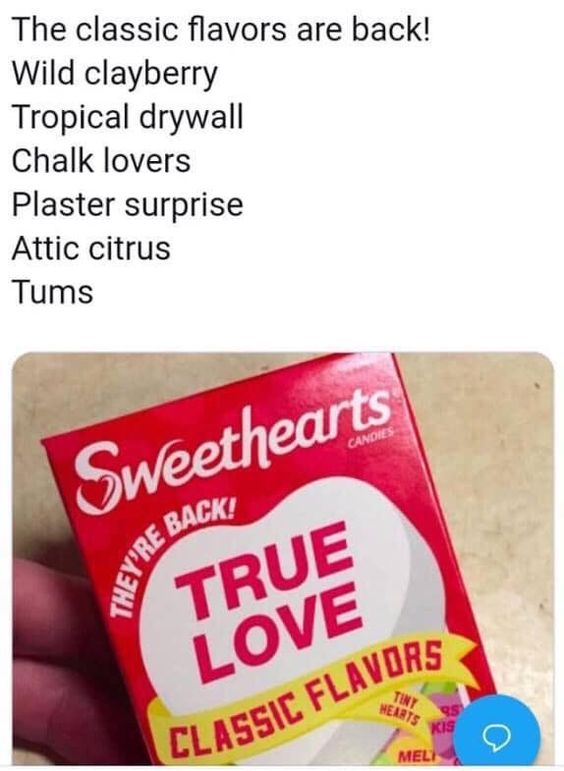
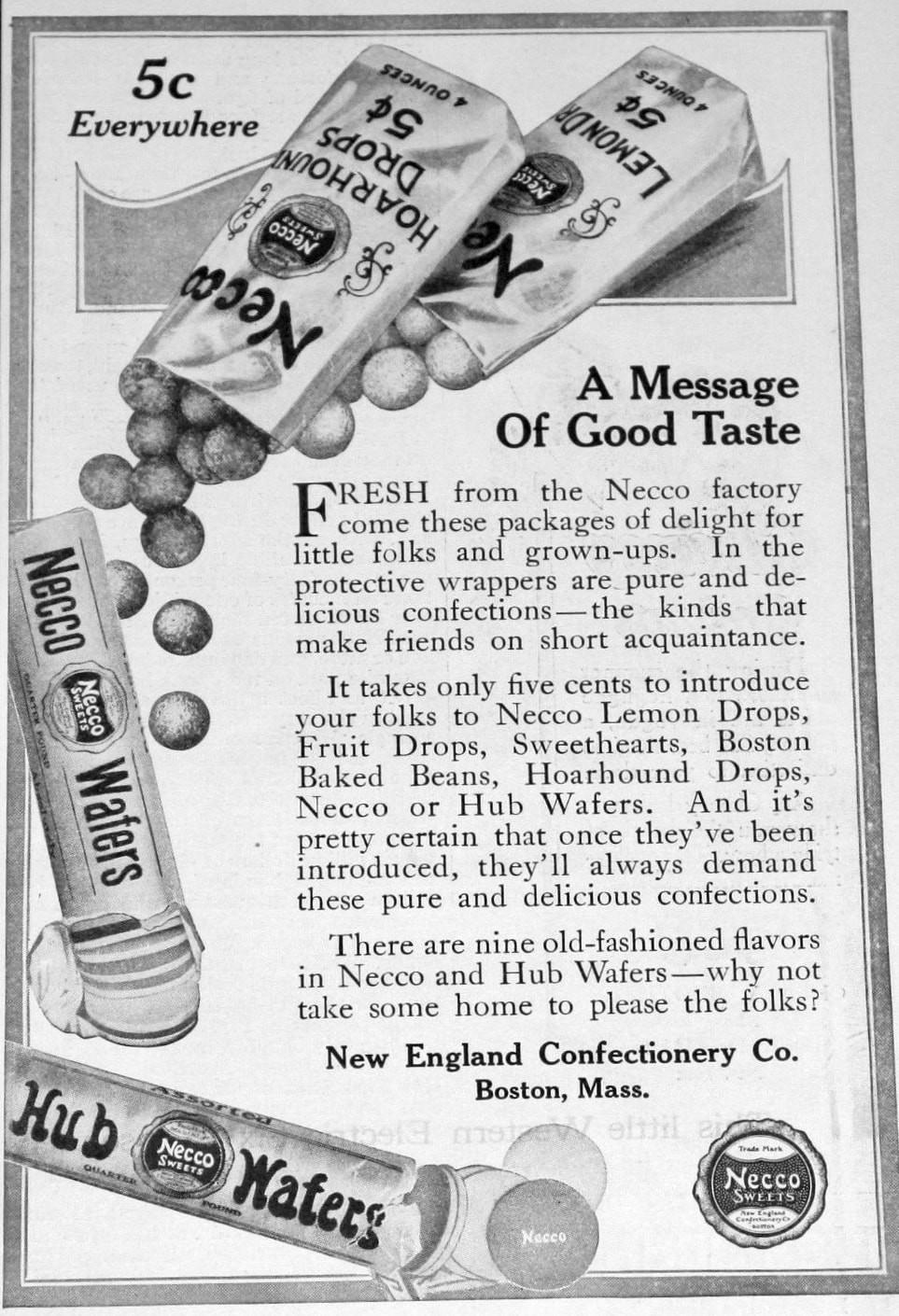
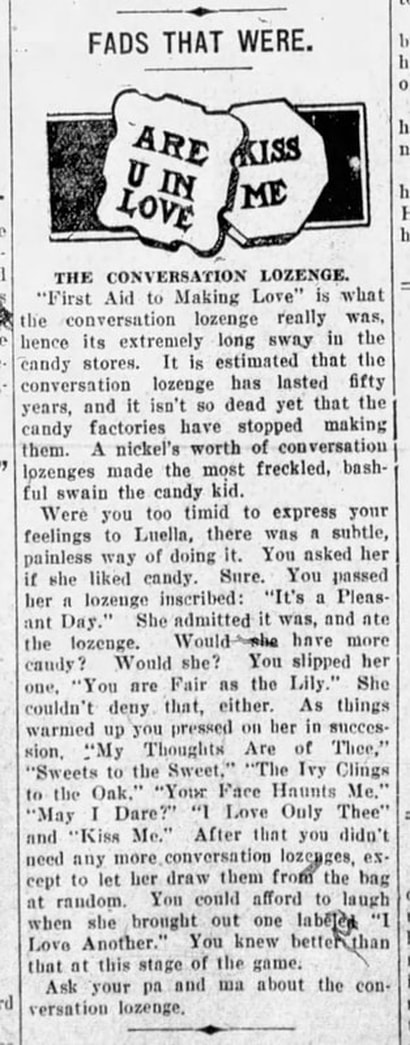

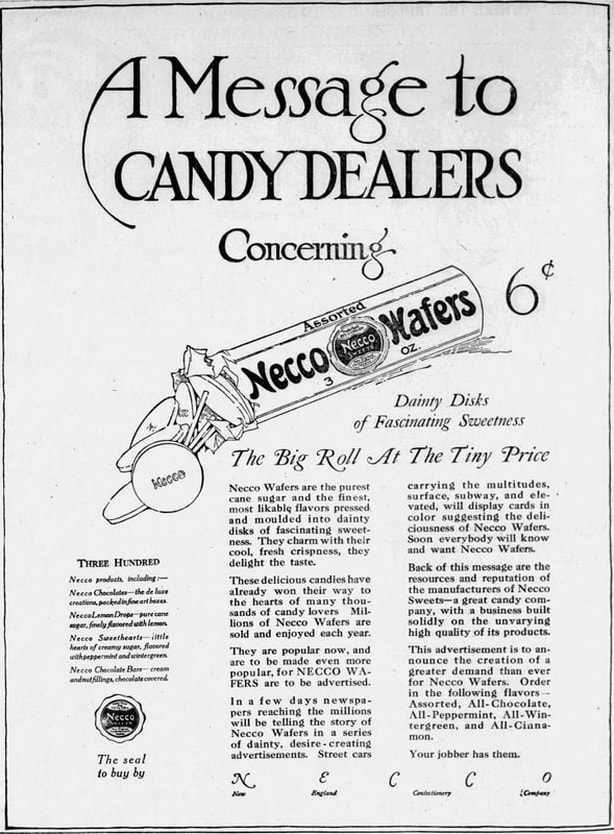
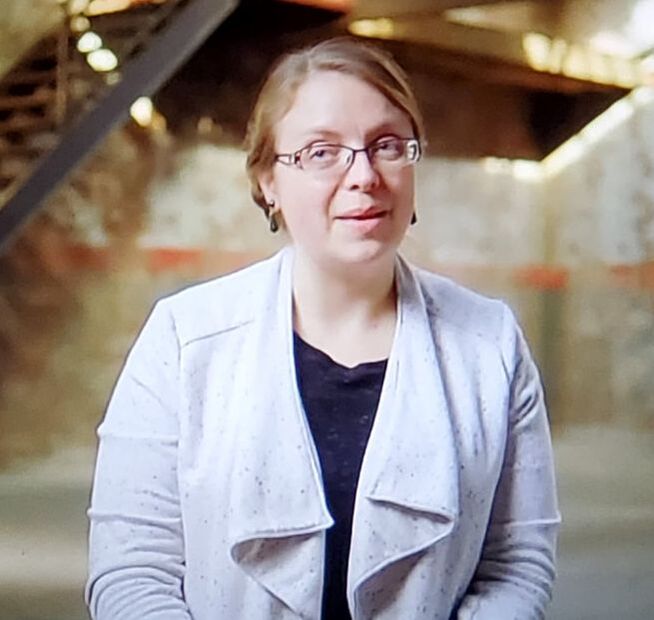
 RSS Feed
RSS Feed